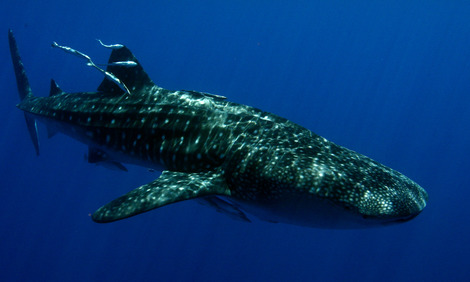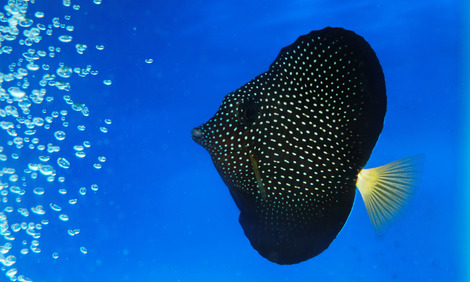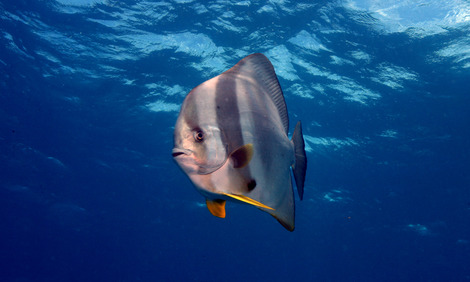A word about cookies before we continue
The JBL Homepage also uses several types of cookies to provide you with full functionality and many services: We require technical and functional cookies to ensure that everything works when you visit this website. We also use cookies for marketing purposes. This ensures that we recognise you when you visit our extensive site again, that we can measure the success of our campaigns and that the personalisation cookies allow us to address you individually and directly, adapted to your needs - even outside our website. You can determine at any time - even at a later date - which cookies you allow and which you do not allow (more on this under "Change settings").
The JBL website uses several types of cookies to provide you with full functionality and many services: Technical and functional cookies are absolutely necessary so that everything works when you visit this website. In addition, we use cookies for marketing purposes. You can determine at any time - even at a later date - which cookies you allow and which you do not (more on this under "Change settings").
Our data protection declaration tells you how we process personal data and what purposes we use the data processing for. tells you how we process personal data and what purposes we use the data processing for. Please confirm the use of all cookies by clicking "Accept" - and you're on your way.
Are you over 16 years old? Then confirm the use of all cookies with "Noticed" and you are ready to go.





